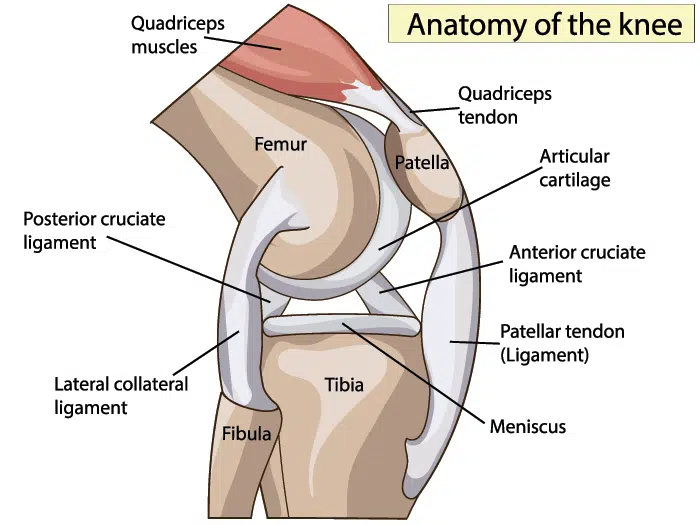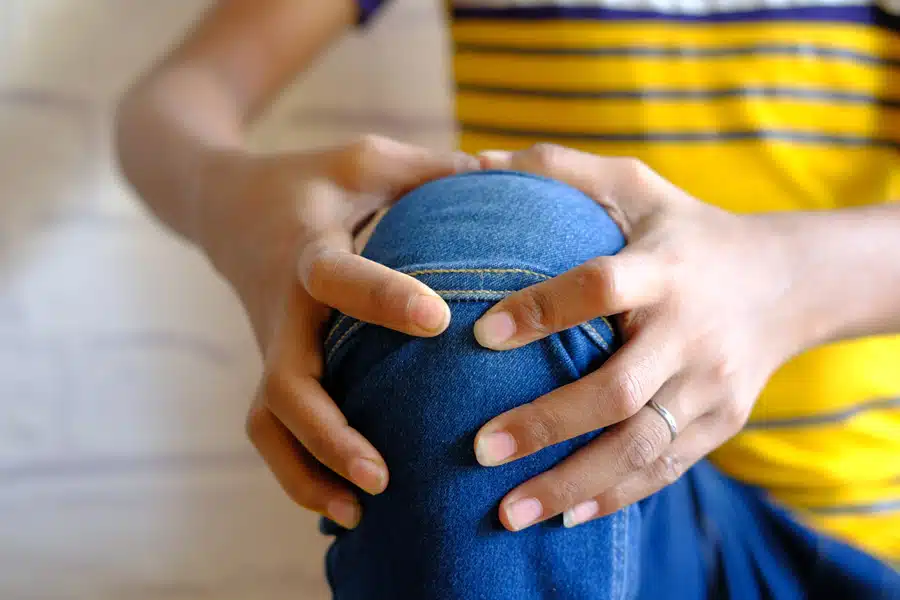Patellar Femoral Pain syndrome or Runners knee affects 23% of the population. It is common in runners due to its repetitive nature and high degree of joint loading.
Where is the Pain?
The Patellar (knee cap) is a bone that sits against a small surface area on the femur (thigh bone). Pain is commonly felt in front of the knee or behind the patellar.

How Does Pain Occur?
The patellar is a sesamoid bone, meaning it is embedded in a tendon. It therefore moves via the muscles that attach around it. It is able to move up and down the thigh, it can tilt and rotate. Pain occurs when the muscles around the knee cap move it from its resting positon.
What Causes Pain?
- Increase in activity e.g. running
- Sitting with your knees bent for long periods of time
- Pronation/ supination of the foot
- A large Q angle at the knee
- Muscular tightness around your knee or hip
- Muscular weakness around your knee or hip
Your Physiotherapist will be able to identify the cause of pain that is unique to you through specific assessments.
Why Does Running Hurt?
When we run there is a ground reaction force through our body that is 2.5 times our body weight. If we start our run with a muscular imbalance (e.g. tight or weak muscles), then the repetitive forces pulling at the knee can quickly shift the knee from its resting posture and create pain.
What Can I Do?
- Foam roll or use a trigger ball to release the muscles around your knee and hip
- Strengthen your legs and glutes
- Tape the knee by pulling the knee cap inwards in preparation for your next run.
- Increase your cadence – studies have found increasing the number of steps you take can reduce joint loading by 14% tip: run to the beat of a metronome
- Use appropriate footwear and regularly replace your running shoes.
If you experience knee pain then your Physiotherapist can assess your joint mechanics and prescribe an individualised training plan to return you to your favourite activities pain free. Book online for a consultation with our Physiotherapy team.
References

